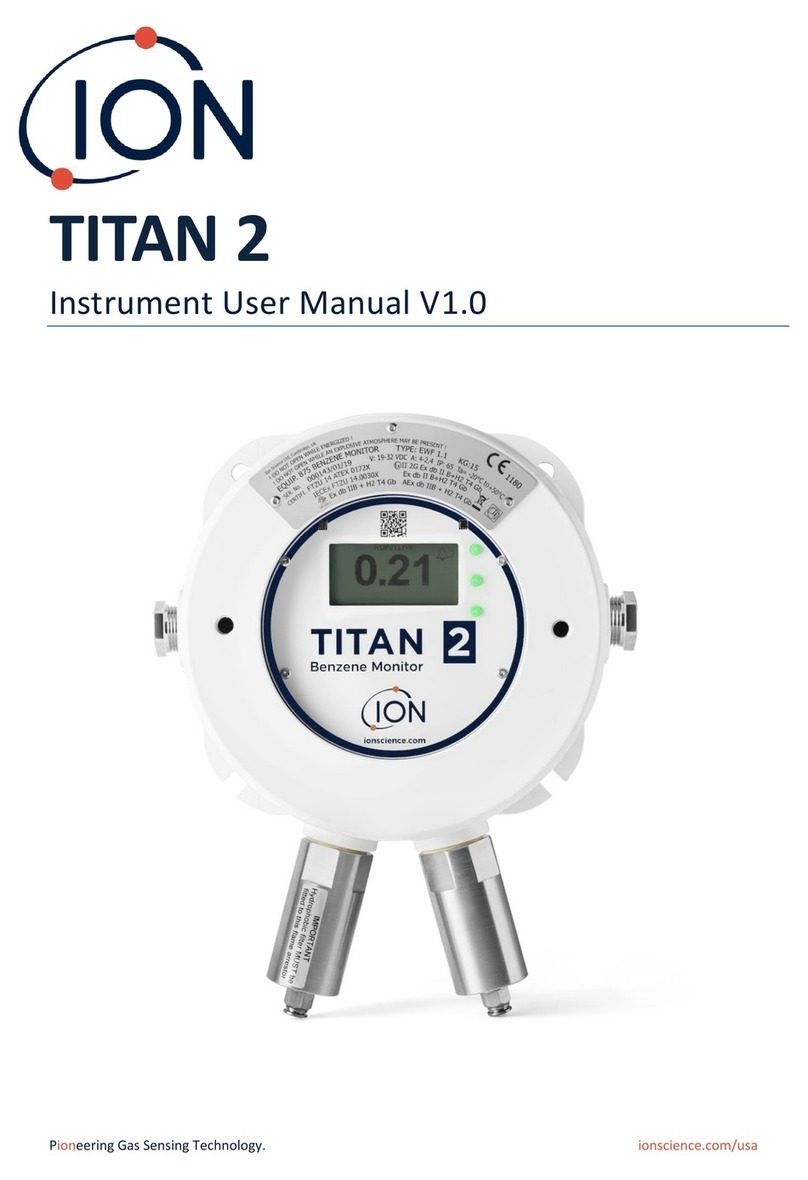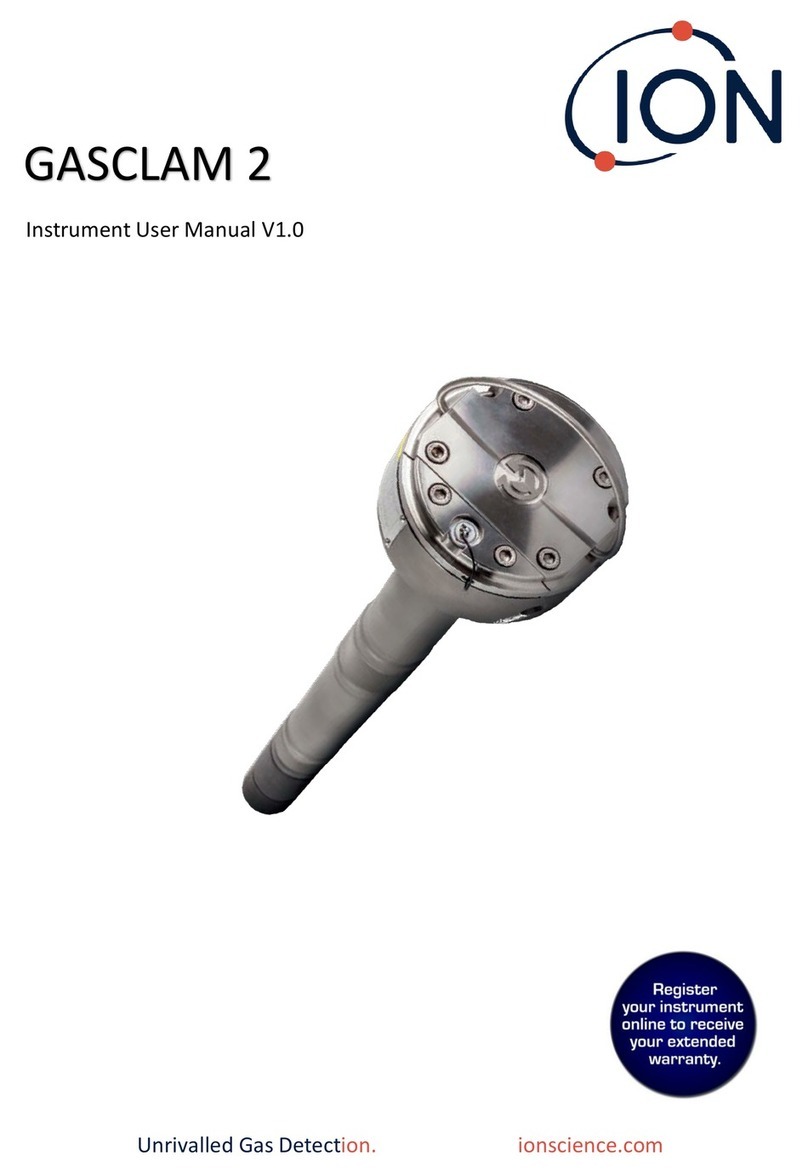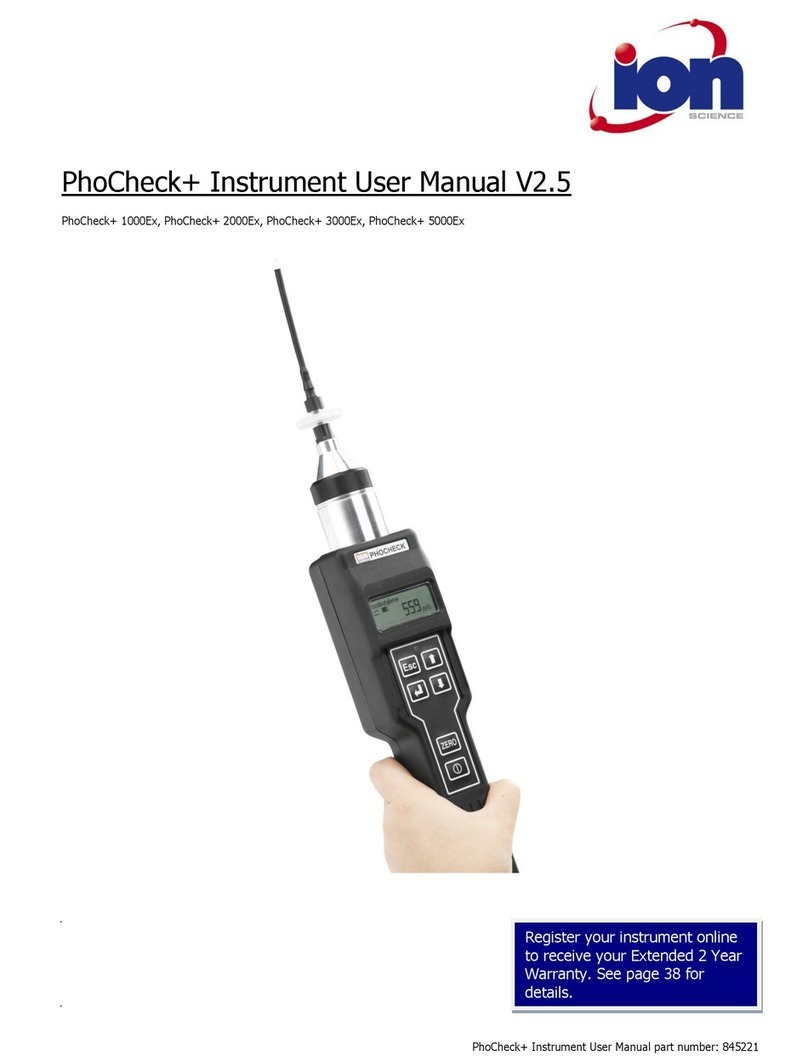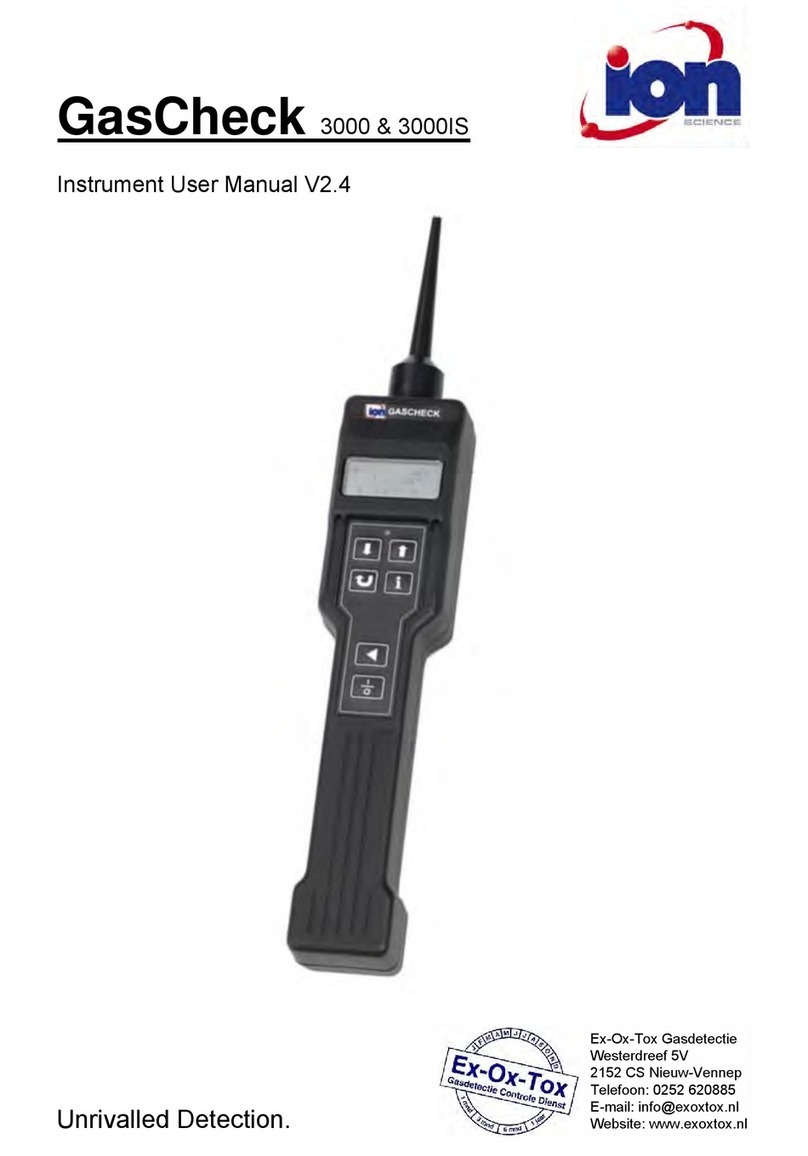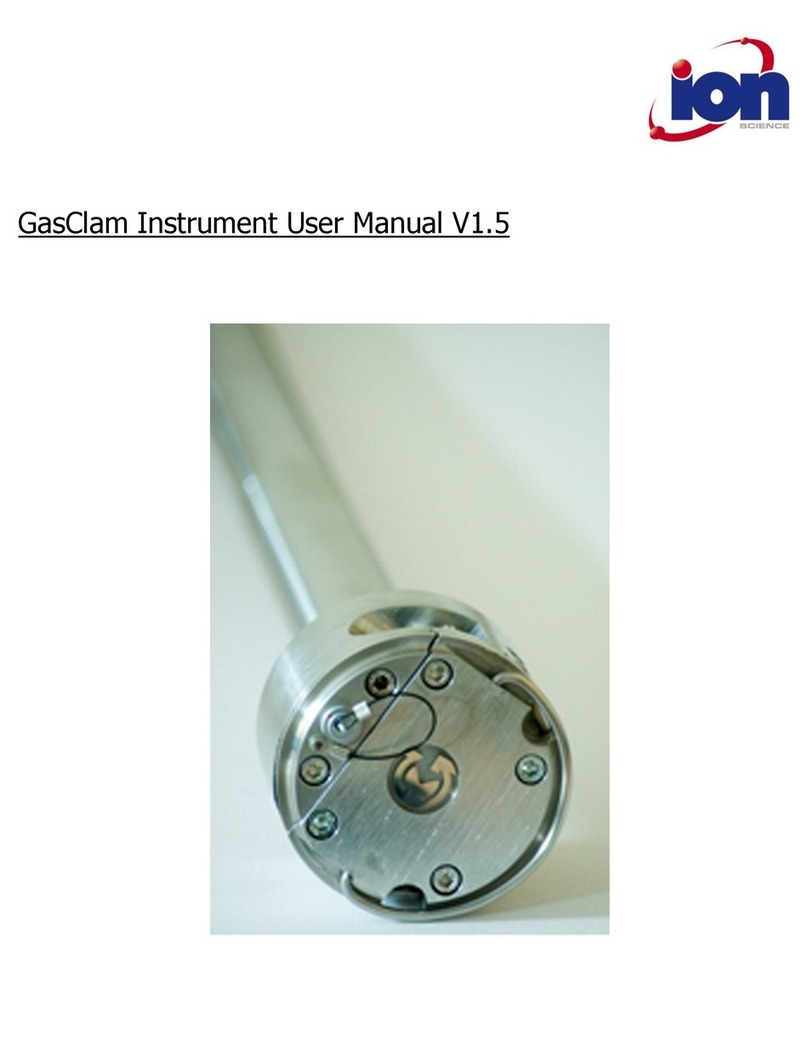Contents
Declaration of conformity .............................................................................................................................. 3!
Statements ...................................................................................................................................................... 5!
Responsibility for use .................................................................................................................................... 5!
Quality assurance ......................................................................................................................................... 5!
Disposal ........................................................................................................................................................ 5!
Legal Notice .................................................................................................................................................. 5!
Introduction to TVOC...................................................................................................................................... 6!
Packing list...................................................................................................................................................... 8!
Standard TVOC instrument........................................................................................................................... 8!
TVOC Calibration Tool Kit............................................................................................................................. 8!
TVOC setup ..................................................................................................................................................... 9!
Selector Pins ................................................................................................................................................. 9!
Duty Cycle................................................................................................................................................... 10!
Installation ..................................................................................................................................................... 11!
Location....................................................................................................................................................... 11!
Cable and gland requirements .................................................................................................................... 11!
Dimensions for mounting ............................................................................................................................ 12!
Power requirements .................................................................................................................................... 13!
Initial calibration .......................................................................................................................................... 15!
Operation....................................................................................................................................................... 16!
Start Up ....................................................................................................................................................... 16!
Adjusting the Duty Cycle ............................................................................................................................. 16!
LED’s........................................................................................................................................................... 17!
Selector pins ............................................................................................................................................... 17!
Calibration mode ......................................................................................................................................... 17!
Calibration gases ........................................................................................................................................ 17!
Calibration routine ....................................................................................................................................... 18!
Setting the ZERO ........................................................................................................................................ 18!
Setting the gas concentration (The actual value that the calibration has been supplied at) ....................... 19!
Setting the SPAN ........................................................................................................................................ 19!
Maintenance .................................................................................................................................................. 21!
Cleaning / replacing the lamp...................................................................................................................... 21!
Fuse rupture and replacement .................................................................................................................... 23!
Lamp Warranty Statement .......................................................................................................................... 23!
System recommendations ........................................................................................................................... 24!
Remote area monitoring.............................................................................................................................. 24!
Gas sample systems................................................................................................................................... 24!
Instrument warranty and service ................................................................................................................ 26!
Warranty...................................................................................................................................................... 26!
Service ........................................................................................................................................................ 26!
Contact details ............................................................................................................................................ 26!
Diagnostics.................................................................................................................................................... 27!
F4 errors...................................................................................................................................................... 28!
Technical specifications .............................................................................................................................. 30!
Manual log ..................................................................................................................................................... 31!












